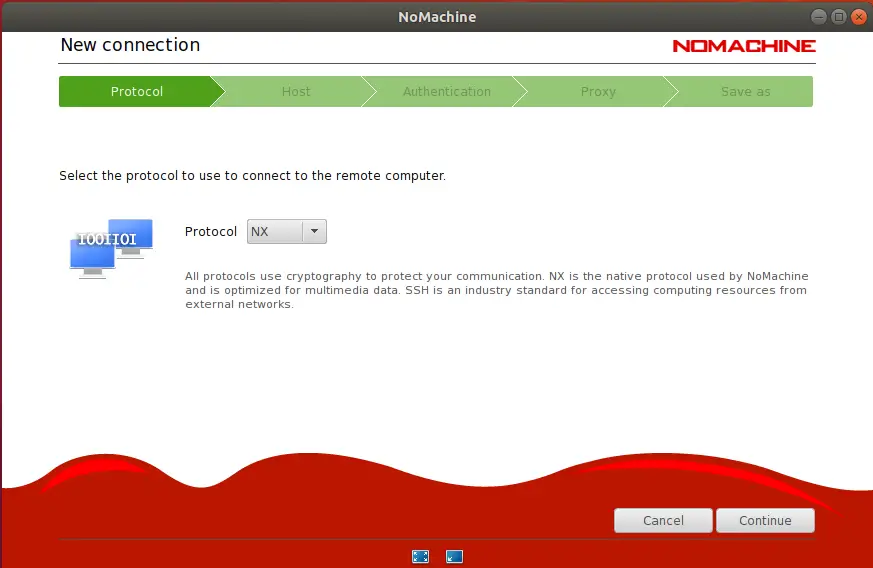

Wait a moment and the Gnome desktop will be available! When the Tight VNC client connects you will be presented with a terminal window in the desktop type the following command to start your gnome desktop: When TightVNC vnc starts you will be prompted for the password you entered when the VNC server was started.

Go grab TightVNC for your client machine, install it and run it. The :1 is an instruction to create a window window which will be available on port 5901. You will be prompted to enter a password.

The second command runs a basic VNC server which is good enough. These two command install VNC and start it. It’s also a little more complicated because NX uses SSH (which is good) but it’s installation requires more steps. But the VNC server is not very efficent so it’s better to use the ‘nx’ products from NoMachine which is an extra step. I’ll start by installing and using VNC so desktop can be started. Sudo apt-get install ubuntu-desktop Remote desktopĪfter installing the desktop environment there is still no desktop so it’s necessary to make the desktop available via a remote session. Begin by updating the Linux installation: There are two parts: install the GUI install remote desktop support. Update: See problem/resolutions at the end… I’m using Ubuntu 10.04 (Lucid) so these comment apply to this environment (and probably to Debian too). Setting up a windowed environment is possible and not that difficult. But in development it’s handy to be able to edit code in an IDE like Komodo or Eclipse on the server rather than rely on remote debugging. Mostly EC2 instances are production servers and it makes sense there’s no GUI. By default, EC2 Linux AMIs tend not to come with a GUI like Gnome or KDE.


 0 kommentar(er)
0 kommentar(er)
